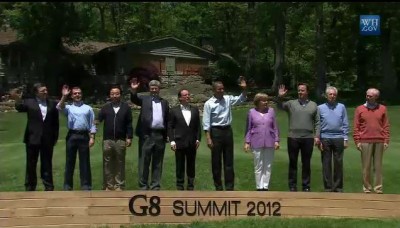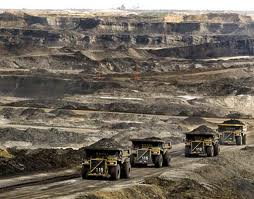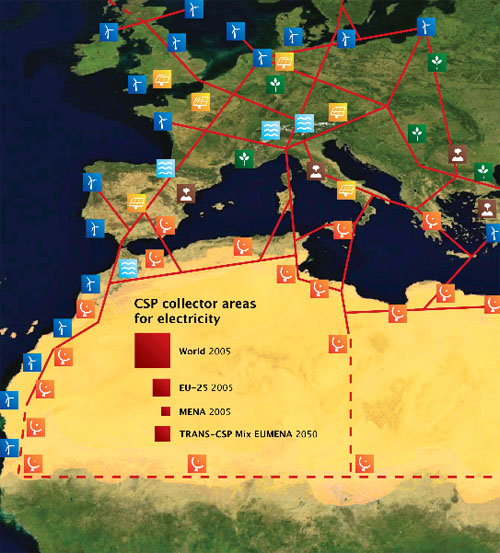 Fatih Birol, chief economist at the International Energy Agency (IEA) said at Reuters’ Global Energy & Environment Summit this month that the door for a 2 degree Celsius target is about to be closed and closed forever. That’s a serious statement, but one which has been backed up in recent days by a news release from the IEA announcing that their preliminary estimates show that in 2011 global carbon-dioxide emissions from fossil-fuel combustion reached a record high of 31.6 gigatonnes (Gt).
Fatih Birol, chief economist at the International Energy Agency (IEA) said at Reuters’ Global Energy & Environment Summit this month that the door for a 2 degree Celsius target is about to be closed and closed forever. That’s a serious statement, but one which has been backed up in recent days by a news release from the IEA announcing that their preliminary estimates show that in 2011 global carbon-dioxide emissions from fossil-fuel combustion reached a record high of 31.6 gigatonnes (Gt).
This represents an increase of 1.0 Gt on 2010, or 3.2%. Coal accounted for 45% of total energy-related CO2 emissions in 2011, followed by oil (35%) and natural gas (20%).
The 450 Scenario of the IEA’s World Energy Outlook 2011, which sets out an energy pathway consistent with a 50% chance of limiting the increase in the average global temperature to 2°C, requires CO2 emissions to peak at 32.6 Gt no later than 2017, i.e. just 1.0 Gt above 2011 levels. The 450 Scenario sees a decoupling of CO2 emissions from global GDP, but much still needs to be done to reach that goal as the rate of growth in CO2 emissions in 2011 exceeded that of global GDP.
Not surprisingly Birol repeats his warning: “The new data provide further evidence that the door to a 2°C trajectory is about to close.”
Continue reading “IEA: emissions up, 2ºC target looking unlikely”

 The section of the recent G8
The section of the recent G8  Earlier this month James Hansen wrote a trenchant
Earlier this month James Hansen wrote a trenchant  The NZ Herald business supplement recently carried a thoughtful
The NZ Herald business supplement recently carried a thoughtful  The Guardian’s environmental editor John Vidal is a journalist who takes opportunities to report the adverse effects of climate change already being experienced by some of the world’s poorer populations. In earlier posts I’ve drawn attention to pieces he’s written about
The Guardian’s environmental editor John Vidal is a journalist who takes opportunities to report the adverse effects of climate change already being experienced by some of the world’s poorer populations. In earlier posts I’ve drawn attention to pieces he’s written about